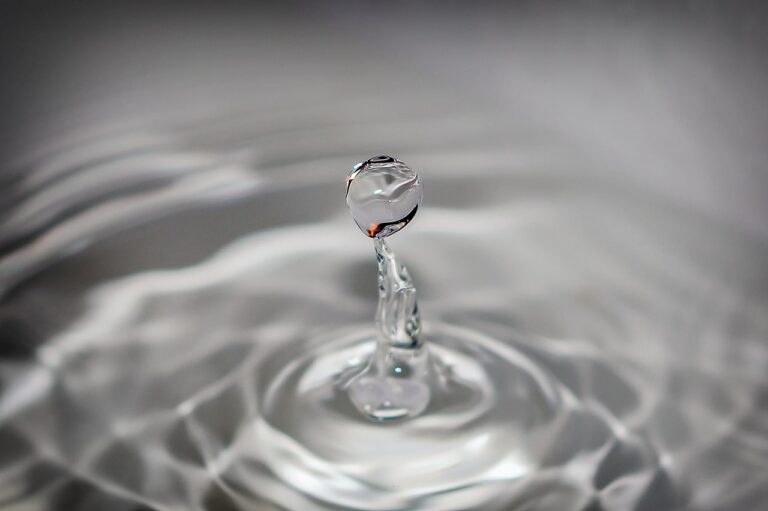When you are sexually aroused, your genitals swell with blood flow and create a watery fluid called vaginal transudate. This can be a sign of ovulation.
Arousal fluid is clear or milky in color and feels slippery. It’s produced by your Bartholin gland and helps to lubricate your vagina during sexual arousal.
What is arousal fluid?
During sexual activity, arousal fluid is produced in order to provide lubrication and enhance the sexual experience. The fluid results from an increase in blood flow to the genital area and is typically odorless, clear or milky. Arousal fluid is also believed to contain antibodies that may help protect against sexually transmitted infections. However, arousal fluid does not act as a guarantee of protection and the use of condoms is still recommended.
The key difference between cervical mucus and arousal fluid is that cervical mucus appears throughout the menstrual cycle, while arousal fluid only comes out when you are sexually aroused. Additionally, arousal fluid has a slippery texture while cervical mucus has a thicker consistency.
While arousal fluid is natural, it can vary in volume depending on your menstrual cycle, hormone changes and the level of sexual arousal you are experiencing. Additionally, hydration levels can have a significant impact on the amount of arousal fluid you produce. Drinking plenty of water and consuming foods high in Omega-3 fatty acids can help promote arousal fluid production.
It is important to note that just because you are wet does not mean you want sex. Wetness is not a form of consent and you should always communicate with your partner to ensure that they are aware of your needs and desires.
How does arousal fluid feel?
Arousal fluid is a clear, slippery substance that people with vaginas produce when they feel sexually aroused. It’s the result of a rush of blood to the genitals during arousal, which causes the Bartholin glands and possibly the Skene glands in the lower part of the vagina to release the lubrication. The lubrication creates a more hospitable environment for sperm, and it helps prevent friction during penetration.
Sometimes the lubrication that arousal fluid produces is too watery, and it can leave wet spots on your underwear or soak through them. If you have this kind of cervical discharge, it may be related to a medical issue, so talk to your doctor.
You can boost your arousal fluid production by eating a nutritious diet, exercising regularly, reducing stress, and taking supplements such as evening primrose oil and L-arginine. Using lube, which is available at most drugstores and many grocery stores, can also help reduce friction and increase pleasure during sex. It can be applied to your skin or directly on a penis, a finger, or any other object that you insert into the vagina during sexual activity. You can find lube in different forms, from sex toys to commercial products, so you can choose the type that is right for you. Lube can also be used to reduce discomfort from vulva cramps, menstrual pain, or vaginal itching.
What is arousal fluid for?
Arousal fluid is produced by glands in and around the cervix when you are sexually aroused. It lubricates the inside of the vagina and dissipates within an hour of sexual activity, according to the U.S. National Library of Medicine. Other types of vaginal discharge, such as cervical mucus and semen, are also sometimes present in the vagina. These are the products of glands that are always active and serve to keep the vagina healthy, lubricated, and protected from infection.
During your menstrual cycle, cervical mucus is typically present throughout the month and can have a watery or mucus-like texture. Arousal fluid, on the other hand, is clear or milky in color and has a slippery consistency. It can appear all over the menstrual cycle or just before ovulation, which is when estrogen levels are at their highest.
Some women may struggle to produce large amounts of arousal fluid, regardless of how turned on they feel. This could be due to genetics or body chemistry or because of certain medications. If you are having trouble achieving optimal lubrication, it might help to try some of the methods for increasing production. For example, engaging in erotic activities and foreplay can help stimulate the vagina to produce more arousal fluid, as can drinking plenty of water and maintaining good hydration.
What is arousal fluid for sperm?
In order for fertilization to occur, sperm must swim through the vaginal canal and up the fallopian tube to meet an egg. Fertile arousal fluid provides the optimal environment for this to happen, making it much easier for sperm to fertilize an egg (4). As such, tracking arousal fluid can be a valuable tool for women who are trying to conceive. By monitoring arousal fluid and identifying when ovulation is likely to occur, it is possible to time intercourse and increase the chances of pregnancy (5).
The onset of sexual arousal is typically accompanied by a feeling of vaginal wetness and the production of arousal fluid (natural lubrication). During this phase of arousal, an increase in blood flow to the genital area leads to vascular engorgement, which in turn pushes arousal fluid onto the surface of the cervix (6).
As the level of arousal increases, the cervical fluid becomes thicker in consistency and produces a slippery feel. This is referred to as a climax or orgasm, and it is characterized by rhythmic contractions of the genital muscles and a release of arousal fluid that causes the clitoris to “squirt” (7).
Several factors can impact the quality and amount of arousal fluid produced, including age, hormonal changes, medication use, and physical activity. Staying hydrated, eating a balanced diet, and engaging in regular exercise can all help to promote the healthy production of arousal fluid. Certain supplements such as evening primrose oil and L-arginine can also be beneficial in boosting arousal fluid production (9).
See Also:


